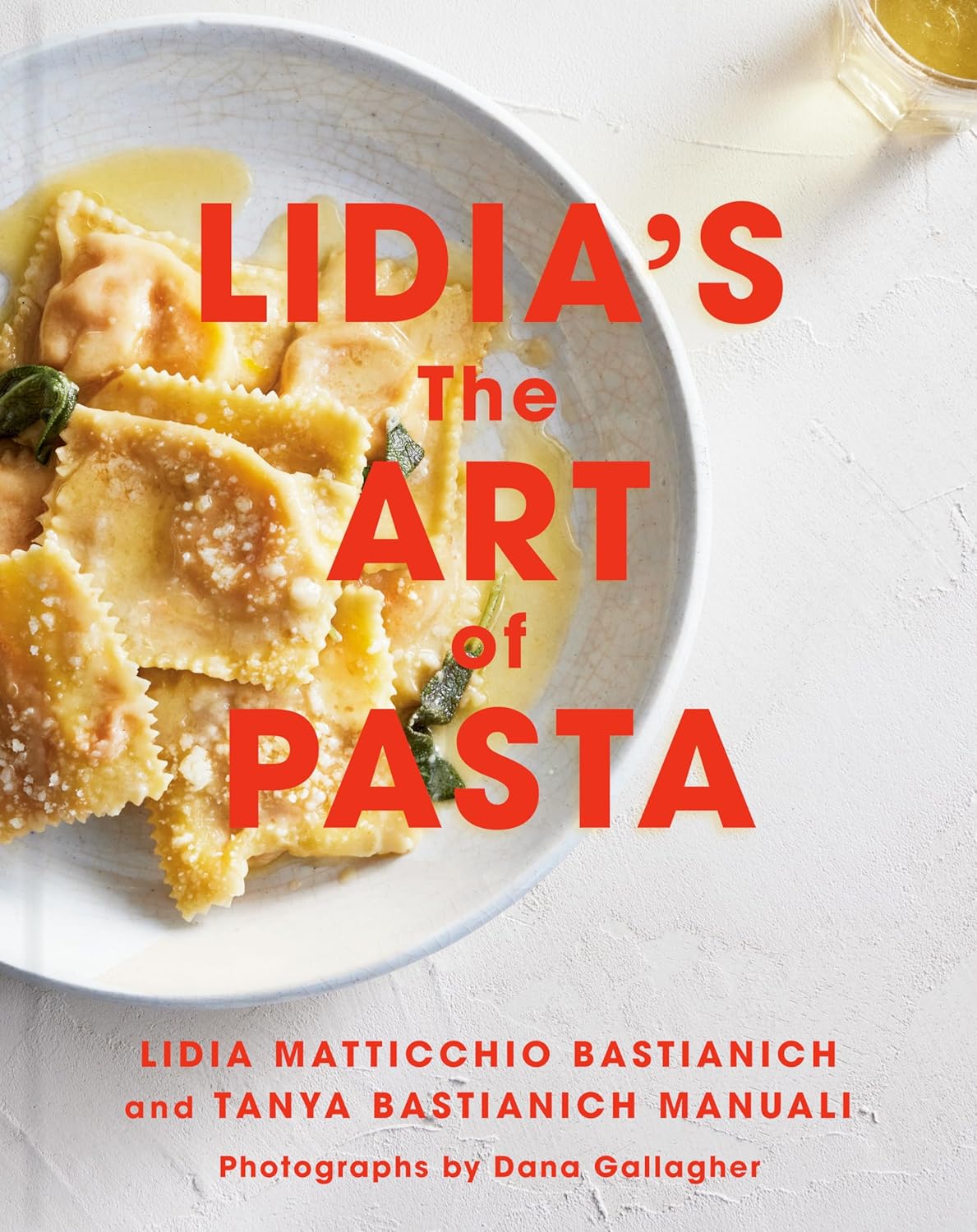Serves 6
Notes
Although today this dish is most commonly associated with Rome, it is originally from Amatrice, a town in the region of Lazio, north of the city, in the agricultural area of the Gran Sasso mountain range. It was originally made with a white sauce, before tomatoes were introduced to Italy in the eighteenth century, but the key ingredients now are jowl bacon (called guanciale), olive oil, ripe plum tomatoes, and pecorino cheese, cooked together in a lightweight cast-iron pan.
This is my personal rendition, and deviates from the traditional version with the addition of sliced onions, for texture and sweetness, as well as some peperoncino and, to add complexity, bay leaves, which are one of my favorite herbs.
Ingredients
- 1 teaspoon kosher salt, plus more for pasta pot
- 1 pound bucatini
- 2 tablespoons extra-virgin olive oil, plus more for drizzling
- 3 thick slices guanciale (about 4 ounces), cut into thin strips
- 1 small onion, sliced
- 2 fresh bay leaves
- ¼ teaspoon peperoncino flakes
- 28-ounce can Italian plum tomatoes, preferably San Marzano, crushed by hand
- ½ cup freshly grated Grana Padano or Parmigiano-Reggiano
- ½ cup freshly grated Pecorino Romano
Directions
1 Bring a large pot of salted water to a boil for the pasta.
2 Heat the olive oil in a large skillet over medium heat. Add the guanciale, and cook until it’s almost crisp, about 3 minutes. Add the onion, and cook, stirring occasionally, until it’s wilted, about 6 minutes. Season with 1 teaspoon salt and the peperoncino.
3 Add the tomatoes and bay leaves. Fill the can with 2 cups pasta-cooking water, and add that as well. Bring the liquid to a brisk simmer, and cook until the sauce is thick and flavorful, 15 to 20 minutes. Taste, and season it with salt if needed.
4 While the sauce is simmering, add the pasta to the boiling water. Cook the pasta until it’s al dente. Transfer it with tongs to the simmering sauce. Add a drizzle of olive oil, and toss to coat the pasta with the sauce, adding a splash of pasta water if it seems dry. Remove the skillet from the heat, discard the bay leaves, sprinkle with the grated cheeses, toss, and serve immediately.
NOTE: I am often asked what the difference is between bucatini and perciatelli, both tubular spaghetti with a hole running through them, resembling a straw. They’re actually the same thing, just called by different names depending on where you are. “Buco” means “hole” (hence “bucatini”); “perciato” is a Neapolitan word meaning “pierced” (hence “perciatelli”). Regardless of the name, perciatelli/bucatini have a great mouthfeel. You often see Romans tuck napkins around their necks when eating this shape, to avoid staining their clothes while they suck it up.
Excerpted from LIDIA’S THE ART OF PASTA by Lidia Matticchio Bastianich and Tanya Bastianich Manuali. Copyright © 2025 by Tutti a Tavola, LLC. All rights reserved. No part of this excerpt may be reproduced or reprinted without permission in writing from the publisher.

